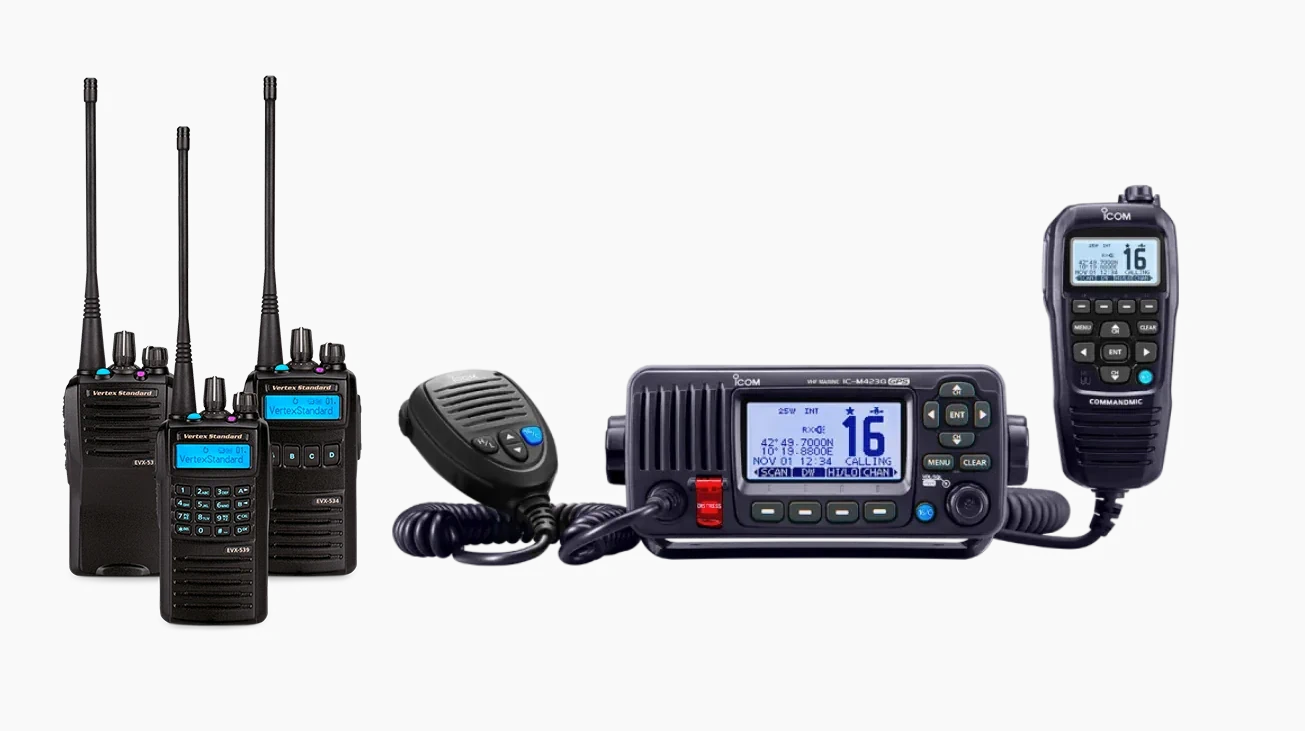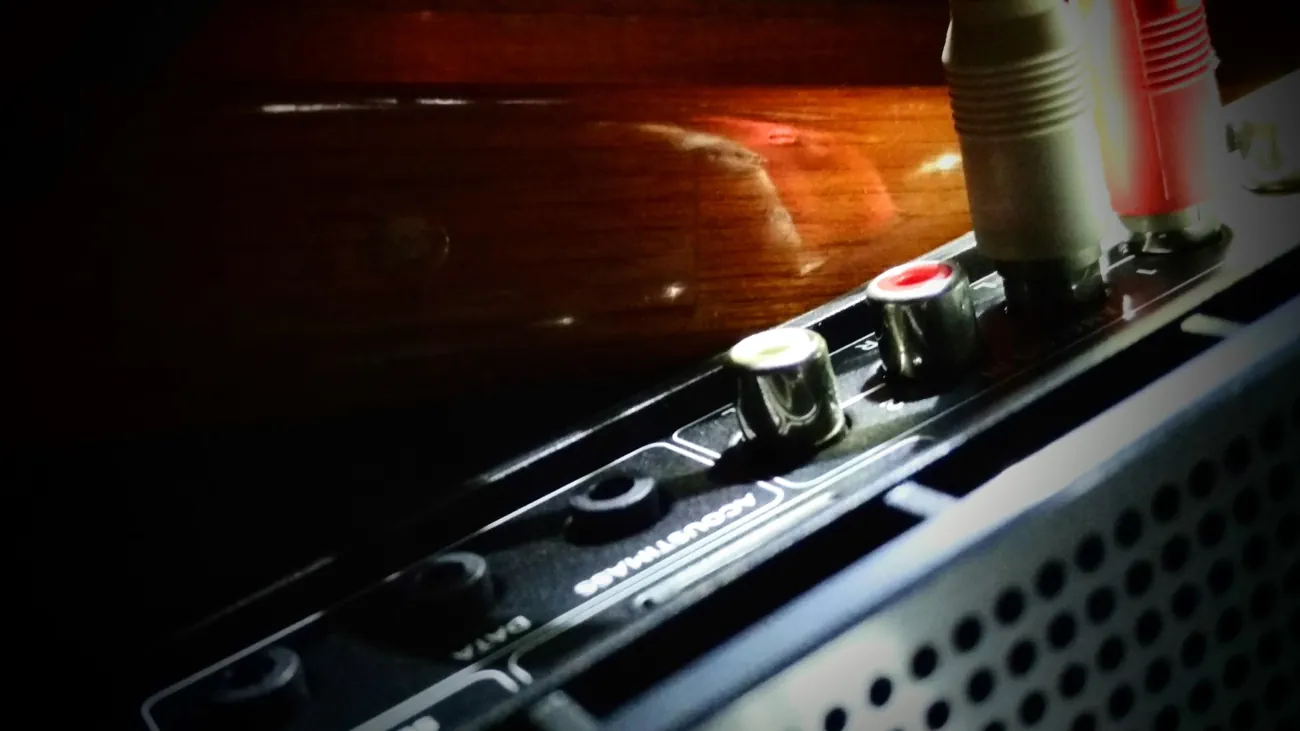In a world where instant and reliable communication is essential, radio communications emerge as a pillar to keep us connected in various situations. From commercial and military applications to everyday life, radio communications play a crucial role in ensuring the effective transmission of information across the electromagnetic spectrum.
In emergency situations such as natural disasters or humanitarian crises, radios are often the only available means of communication, additionally, in remote areas or locations where cellular networks or cable connectivity aren’t feasible, radios provide a reliable means for voice and data transmission.
Applications
- Military Sector: Radio communications are vital in military operations, plays an essential role in tactical and strategic coordination during critical missions.
- Emergency and rescue services: Firefighters, rescue teams, and emergency services rely on radio communications to coordinate efforts in emergency situations.
- Industry and commerce: In industrial environments like construction, logistics, or agriculture, radios are fundamental tools for coordinating between teams.
- Personal communications: Two-way radios are also used in outdoor recreational activities, sports events, and travels, providing a simple and quick way to stay in touch in areas where cellular coverage is limited or nonexistent.
Technology
Radio communications employ technologies that enable signal transmission through the air, including:
- Analog Radio: Uses amplitude modulation (AM) or frequency modulation (FM) to transmit voice or data signals.
- Digital Radio: Offers higher sound quality and resistance to interference. Digital technologies include P25, DMR, and Tetra.
- Satellite Communications: Enable long-distance communication in remote areas or where terrestrial infrastructure is limited.
Challenges and future of radio communications
Despite their significance, radio communications face challenges such as electromagnetic interference and limited bandwidth. However, with technological advancements, more efficient and secure solutions are being developed, the future looks promising with the integration of artificial intelligence and advanced network technologies. This includes the implementation of cognitive radios capable of automatically adapting to the environment, optimizing signal quality, and spectral efficiency.
VHF and UHF in the maritime field
Radio communication provide reliable communication options into areas where cellular coverage is not available.
A VHF (Very High Frequency) radio operates in a lower frequency band (136-174 MHz) than a UHF (Ultra High Frequency) radio (400-520 MHz).
VHF radios are more common in the maritime field since their signal propagates better in the water. This is because VHF waves can "reflect" off the surface of the water and propagate further over the horizon. On the other hand, UHF radios have a greater ability to penetrate physical obstacles such as buildings and trees, and are often used in terrestrial applications, such as communication in cities and in construction environments.
Radio communication is required on all ships of a certain size. In some cases, a UHF radio may be the best option to comply with current regulations, especially if the vessel will be used in more inland waters or in areas with a high density of buildings or obstacles that may interfere with the radio signal. The choice of a VHF or UHF radio depends on the specific communication needs of the vessel and the environment in which it will be used.
Some of the technologies used for VHF and UHF radio communication for recreational boats include:
- Digital Selective Calling (DSC): This technology is used to send a distress signal in case of an emergency. It sends an automated distress signal that includes the boat's identification information and GPS coordinates, making it easier for rescuers to locate the boat.
- Automatic Identification System (AIS): This technology is used to transmit and receive information about nearby boats, including their location, speed, and direction. It can be used to avoid collisions and improve navigation.

Marine VHF and UHF radios are specifically designed for use on boats, with features like waterproofing and long battery life. Some of the top brands and services in the VHF and UHF radio communication industry for recreational boats include:
- Icom: Offers a range of marine VHF radios and accessories, including handheld and fixed-mount models.
- Standard horizon: Offers a range of VHF and UHF radios for boaters, including models with DSC and AIS capabilities.
- Garmin: Offers a range of marine electronics, including VHF radios with GPS and AIS capabilities.
- Cobra: Offers a range of marine VHF radios and accessories, including handheld and fixed-mount models.
Are you still interested in this topic?
A good idea is to continue here:

